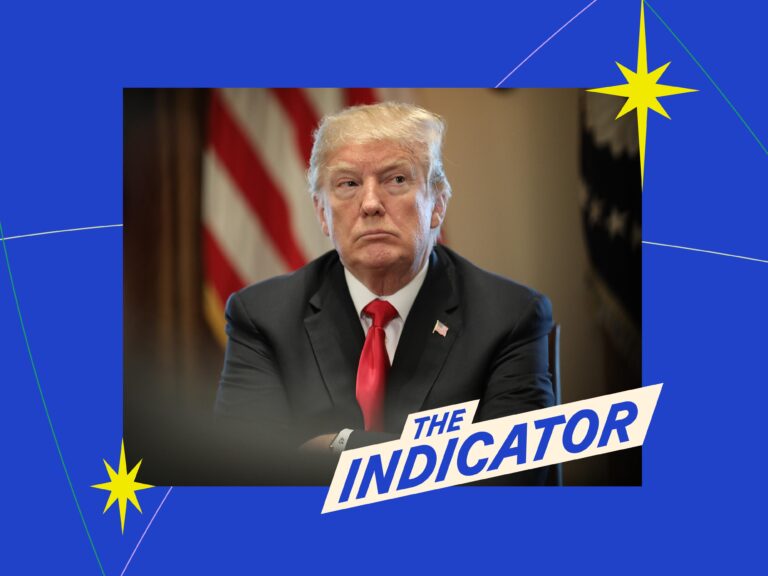In an era defined by globalization and interconnected economies, the clang of tariffs can be heard as a steady drumbeat heralding potential upheaval. The introduction of tariffs under the Trump administration ignited a fierce debate, pitting proponents of protectionism against advocates of free trade. With steel and aluminum duties taking center stage, the question looms large: do these economic measures signal the twilight of the post-war free trade world? As nations grapple with the implications of a shifting landscape, we delve into the intricacies of this debate, exploring how policies rooted in nationalism challenge decades of trade liberalization and what this might mean for the future of global commerce.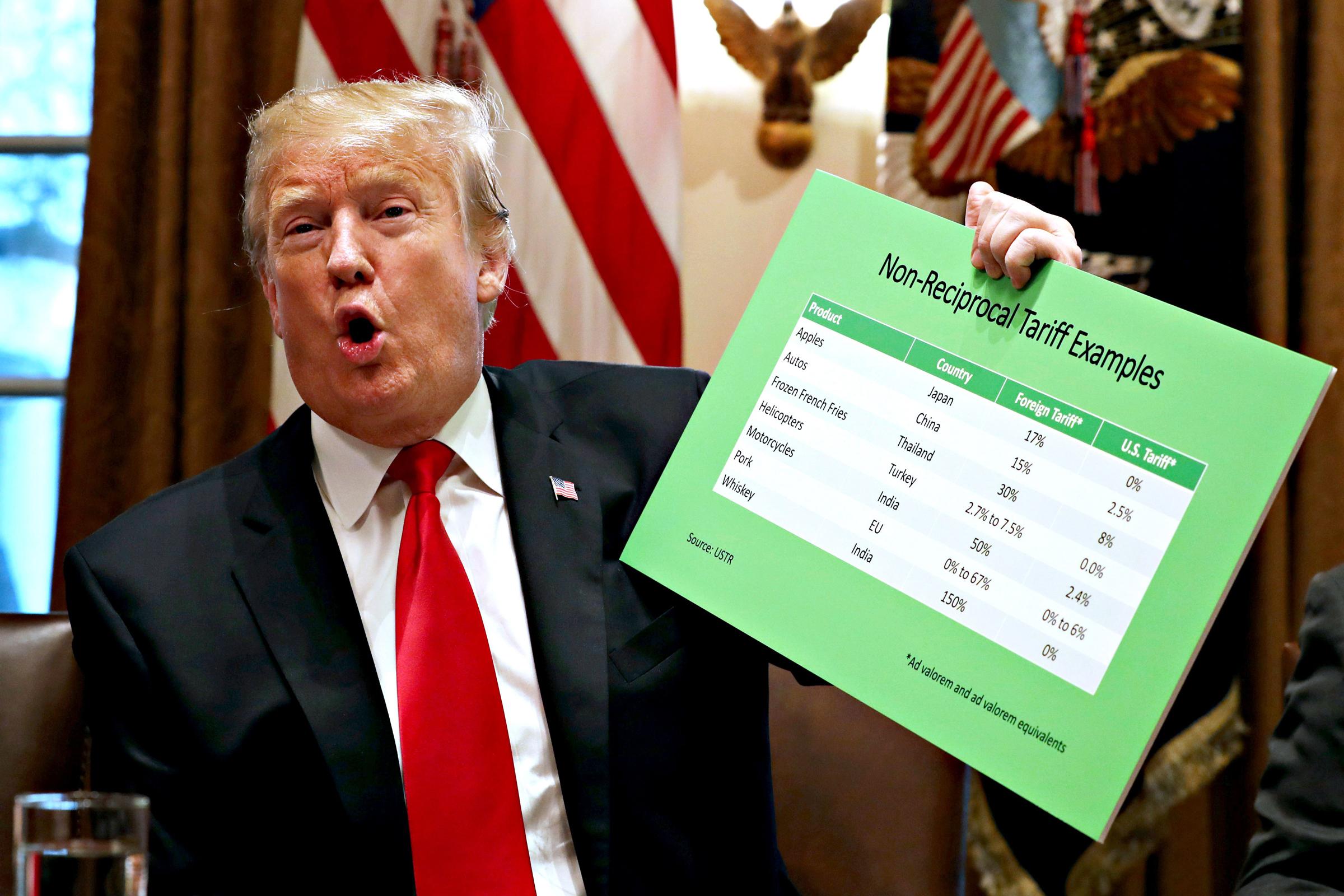
The Rise of Protectionism: Analyzing the Historical Context of Trumps Tariffs
The historical roots of protectionism in the United States can be traced back long before the Trump administration, with various economic crises prompting similar sentiments throughout the decades. Factors such as the Great Depression and the post-World War II era contributed to an evolving relationship with trade, often swaying between open markets and protective measures. During the late 20th century, globalization became a dominant theme in US trade policy, but cracks began to show as manufacturing jobs disappeared and the public faced economic insecurity. As Trump campaigned on a platform appealing to those disillusioned by free trade, his tariffs symbolized not just an economic policy shift but a turning point reflecting deeper anxieties about national identity and economic sovereignty.
In understanding the current landscape, it is essential to look at specific sectors most affected by these tariffs. Industries such as steel and aluminum saw immediate repercussions, with many businesses celebrating renewed protection while others struggled to cope with rising costs. This unrest has sparked a renewed debate on the balance between protectionism and free trade, where some argue that tariffs may lead to retaliatory measures and stifle growth, while others maintain that they are necessary for safeguarding American jobs. The interplay of these factors creates a complex picture of trade in the post-Trump era:
| Sector | Impact of Tariffs | Public Sentiment |
|---|---|---|
| Steel | Cost increases for manufacturers | Mixed; protection vs. price hikes |
| Automotive | Potential job growth | Support for job creation |
| Agriculture | Retaliatory tariffs on exports | Concerns over market access |
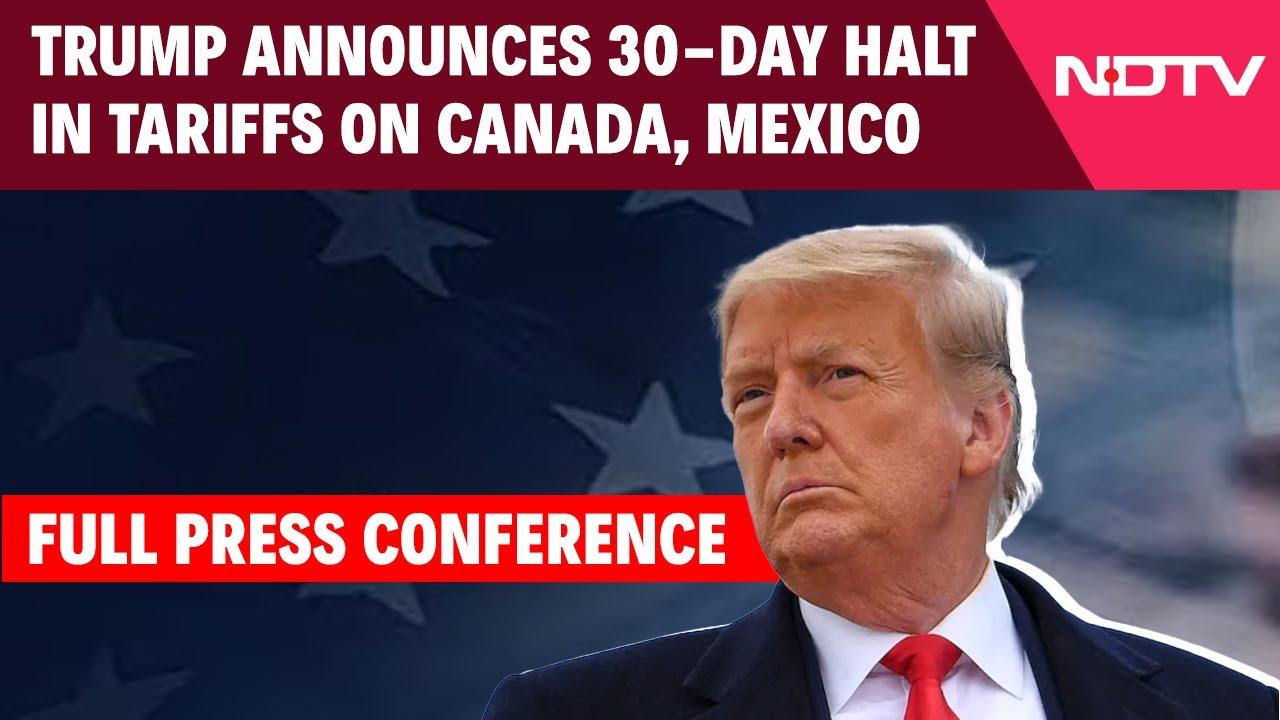
Economic Implications: Assessing the Impact on Global Supply Chains and Consumer Prices
The introduction of tariffs during Trump’s administration sparked a wave of uncertainty across global supply chains, raising questions about the future dynamics of international trade. Companies that had long relied on streamlined and cost-effective production processes found themselves confronting increased costs and disrupted logistics. Key industries, such as technology and manufacturing, faced constraints that forced them to reconsider their sourcing strategies. As a result, many businesses began assessing alternatives, including domestic production or sourcing from countries not impacted by the tariffs. This shift not only affected manufacturers but also reverberated through service sectors, highlighting the interconnectedness of global economies.
As tariffs influenced the prices of imported goods, consumers began feeling the brunt. Price hikes on various products became commonplace, leading to a strain on household budgets, particularly for essential goods. Among the most affected categories were electronics, furniture, and apparel, where consumers observed a tangible rise in costs. To illustrate this impact, consider the following table showcasing the average price increase for several common product categories:
| Product Category | Average Price Increase (%) |
|---|---|
| Electronics | 10-15 |
| Furniture | 7-12 |
| Apparel | 5-8 |
| Automobiles | 2-6 |
This situation represents a turning point for consumer behavior, as individuals may seek to adapt by changing their purchasing habits or exploring cheaper alternatives. Consequently, the evolving landscape of trade and tariffs signals deeper implications for economic policy, corporate strategy, and consumer trends. As global markets begin to realign, observing how these forces shape the broader economic narrative will prove essential.
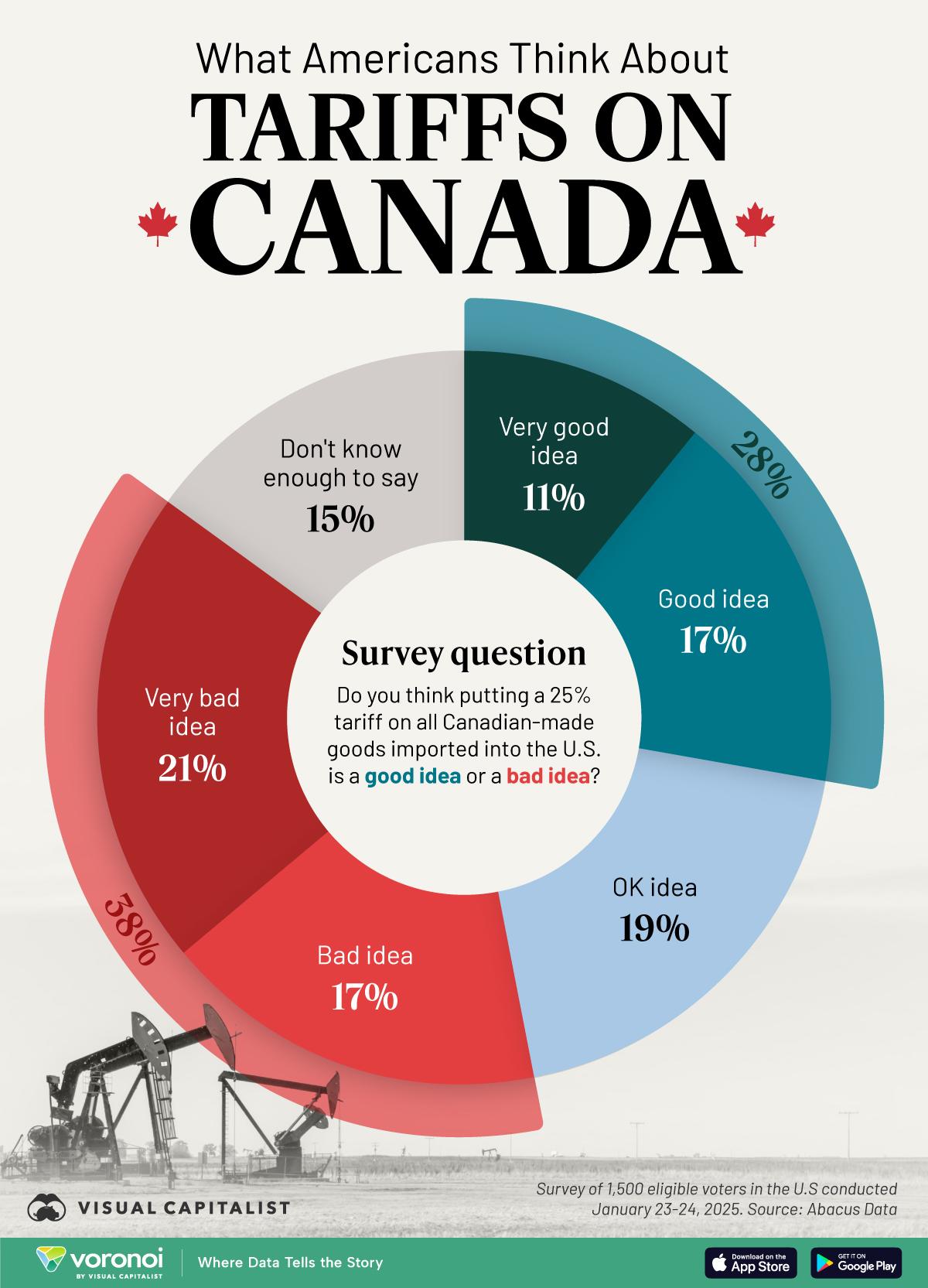
Political Ramifications: The Role of Nationalism and Domestic Policies in Trade Relations
The emergence of an increasingly nationalist sentiment in various countries has significantly influenced their domestic policies, often leading to a reevaluation of trade relations. As leaders promote the idea of prioritizing national interests, protective measures like tariffs have become tools for economic self-preservation. In the U.S., Trump’s administration epitomized this shift, positing that tariffs on imported goods were necessary to revitalize American manufacturing and safeguard jobs. This approach not only serves to protect local industries but also resonates with the electorate frustrated by globalization’s perceived inequities. Such policies, while generating short-term benefits, risk igniting trade wars, fracturing longstanding alliances, and instigating retaliatory measures from trading partners, thereby endangering the post-war free trade consensus.
Moreover, the intertwining of nationalism with domestic policy carries profound implications for international trading frameworks. Countries adopting similar stances may cultivate an environment where protectionist measures become the norm rather than the exception. As nations withdraw from multilateral agreements and establish bilateral deals, the foundational principles of free trade—*like fairness, openness, and cooperation*—could be eroded. Policymakers must grapple with the delicate balance between protecting national interests and engaging in a collaborative global economy. Below is a table illustrating the potential impacts of such a nationalist approach:
| Impact | Positive | Negative |
|---|---|---|
| Domestic Industry Growth | Support for local jobs | Higher consumer prices |
| Trade Relations | Stronger national economy | Increased tensions with allies |
| Global Landscape | Revitalization of struggling sectors | Fragmentation of trade agreements |
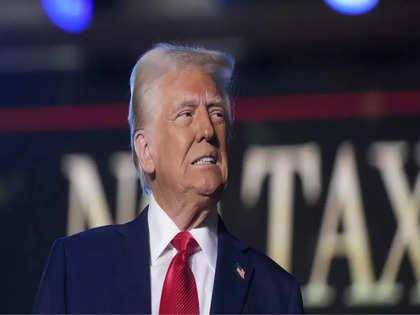
Strategic Recommendations: Navigating the Future of Trade in a Shifting Landscape
As we contemplate the future of trade, it becomes imperative to embrace a diversified approach that mitigates risks and capitalizes on opportunities. Engagement in multilateral trade agreements is essential, as it fosters cooperation among nations and counters unilateral tariff measures. Countries should strategize to enhance regional partnerships, investing in trade pacts that strengthen economic ties and promote shared prosperity. Additionally, embracing technology and innovation in supply chain management can create resilient frameworks, resulting in cost-effective solutions while minimizing dependencies. The integration of digital tools also allows for improved transparency and efficiency, making trade more adaptable to shifting geopolitical landscapes.
To successfully navigate these turbulent waters, governments and businesses must focus on upskilling their workforce to meet the evolving demands of international markets. Exploring avenues for sustainable trade practices and environmental stewardship can build brand loyalty and open doors to emerging markets that prioritize responsible sourcing. Moreover, promoting investments in infrastructure—including logistics, transportation, and digital platforms—will bolster trade capabilities and enhance competitiveness. As tariffs reshape the global economic structure, these strategic recommendations serve as a road map for stakeholders aiming to thrive amidst uncertainty while prioritizing collaboration over confrontation.
In Conclusion
As we ponder the implications of Trump’s tariffs and their potential impact on the post-war free trade landscape, it becomes clear that the debate is far from settled. The world watches closely as nations navigate a shifting economic terrain marked by protectionist measures and their diverse ramifications. While some argue that these tariffs signal an unraveling of the free trade order, others contend that they merely reflect a necessary reassessment of global trade practices in an increasingly complex environment.
Ultimately, the question remains not just whether we are witnessing the twilight of free trade, but what evolution might follow in its wake. With competing ideologies and economic strategies vying for prominence, the future of international commerce may well hinge on our ability to strike a balance between national interests and global cooperation. As the dialogue continues, one thing is certain: the dynamics of trade will remain a pivotal issue that shapes not only economies but also international relations moving forward.

